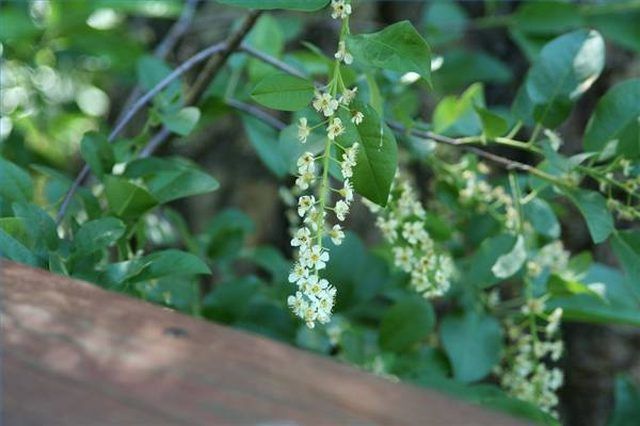Bulbs
Flower Basics
Flower Beds & Specialty Gardens
Flower Garden
Garden Furniture
Garden Gnomes
Garden Seeds
Garden Sheds
Garden Statues
Garden Tools & Supplies
Gardening Basics
Green & Organic
Groundcovers & Vines
Growing Annuals
Growing Basil
Growing Beans
Growing Berries
Growing Blueberries
Growing Cactus
Growing Corn
Growing Cotton
Growing Edibles
Growing Flowers
Growing Garlic
Growing Grapes
Growing Grass
Growing Herbs
Growing Jasmine
Growing Mint
Growing Mushrooms
Orchids
Growing Peanuts
Growing Perennials
Growing Plants
Growing Rosemary
Growing Roses
Growing Strawberries
Growing Sunflowers
Growing Thyme
Growing Tomatoes
Growing Tulips
Growing Vegetables
Herb Basics
Herb Garden
Indoor Growing
Landscaping Basics
Landscaping Patios
Landscaping Plants
Landscaping Shrubs
Landscaping Trees
Landscaping Walks & Pathways
Lawn Basics
Lawn Maintenance
Lawn Mowers
Lawn Ornaments
Lawn Planting
Lawn Tools
Outdoor Growing
Overall Landscape Planning
Pests, Weeds & Problems
Plant Basics
Rock Garden
Rose Garden
Shrubs
Soil
Specialty Gardens
Trees
Vegetable Garden
Yard Maintenance
How to Plant a Chokecherry Tree
How to Plant a Chokecherry Tree. The chokecherry tree is considered an ornamental tree. Although the chokecherry's fruit was used as a food source by Native Americans, the trees are classified as poisonous because of their inedible stems and leaves. Chokecherry trees live in variety of climates and can tolerate some shade.They do not thrive in full...

The chokecherry tree is considered an ornamental tree. Although the chokecherry's fruit was used as a food source by Native Americans, the trees are classified as poisonous because of their inedible stems and leaves. Chokecherry trees live in variety of climates and can tolerate some shade.They do not thrive in full shade. They like deep, well-drained soil and need to be planted in late fall or winter.
Things You'll Need
Shovel
Organic material (compost)
Tree stake
Chokecherry tree
Water
Mulch (wood chips or beauty bark)
Remove weeds from an area that is 4 to 6 feet in diameter. Dig up the soil to a depth of 10 to 12 inches. Remove large rocks and break up dirt clumps.
Add organic material to enrich the soil. Mix well into the soil. Do not use raw materials because this would burn the tree's roots.
Dig a hole a little larger and deeper than the tree's rootball. Scrape the sides with the shovel so the roots will have "finger holds" to latch on to when growing.
Plant a tree stake at the edge of the hole. Place the chokecherry tree in the hole. Be sure that the tree is upright and somewhat straight
Fill with soil around the roots. Tap dirt down halfway through filling to help reduce air pockets around the roots. Fill the rest of the way and firmly tap down the dirt. Do not use more than your natural body weight for pressure; otherwise, the dirt will become too compact for the tree to grow well.
Water until the ground is soaked. Newly planted chokecherry trees need to be watered while they are establishing new root systems. Do not let the area dry out. A good rule of thumb is to water 1 gallon per inch of trunk diameter each day.
Apply mulch around the base of the tree. This discourages weeds and helps retain moisture. After its first growing season, the tree will go dormant for the winter. The mulch can be removed, if desired, at that time.